![]()
Take a minute to think about how you used data 10 years ago.
You probably didn’t use it to figure out where you wanted to go eat or take your vacation. Maybe you thought the idea of wearing an affordable, watch-like device on your wrist to get up-to-the-minute health statistics was still too futuristic. And when it came to sports, advanced statistics like WAR (wins above replacement) in baseball and true shooting percentage in basketball still seemed a little too advanced.
But in 2015, these are all things we take for granted. Social media companies like Facebook collect information from not only your friends, but also strangers, and provide recommendations on places to go and what to eat; Fitbit owns the market for wearable health technology (yes, there’s a market for that); and a movie about sabermetrics (2011’s “Moneyball”) was nominated for multiple Academy Awards, including Best Motion Picture of the Year.
Whether we like to admit it, our lives run on data. We unintentionally create a cycle of providing companies with our habits and interests (data) that get analyzed, packaged and targeted back to us. And it’s only exemplified on the business side. Sifting through large quantities of data to identify trends and correctly target your audience can make or break a company. But leveraging data in a B2B environment, and in your business, is just as important as a B2C one.
Considering that in a recent Forbes piece, independent IT business researcher and advisor Gartner Inc. predicted that by 2020, information will be used to reinvent, digitalize or eliminate 80% of business processes and products from a decade earlier, getting ahead of the situation now and being proactive, rather than reactive, could dramatically shape your business for years to come.
Here are some important questions to ask yourself about your in-house data:
- Does your system pull information from a single database? If not, you will suffer from the ill effects of having data silos, including inconsistencies and fragmented views.
- Does your system enable you to define your specific data needs? And not just define those needs, but also gather that defined data more efficiently? This can be critical to not only understanding your customers’ needs, but also anticipating and planning for them.
- Does your data provide you transparency into your processes and overall business model?
- Can you implement customized fields to pull more data on the fly? Establishing configurable rules-based workflows can automatically route transactions to where they need to go, when they need to be there. That means you can proactively respond to customer or industry environment changes by adding defined fields to gather and analyze the data you need, at any point in your process.
- What about leveraging data to streamline internal operations? When it comes to things like document management, being able to leverage your data to generate and distribute new documents without having to re-key any information can mean huge savings in manpower and cleaner, more accurate data.
If the answer is no to any of these, maybe it’s time to start looking into how your data can help support and grow your business. A lot can change in 10 years, and your future success may depend on it.

